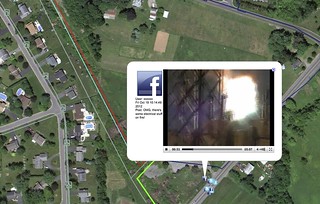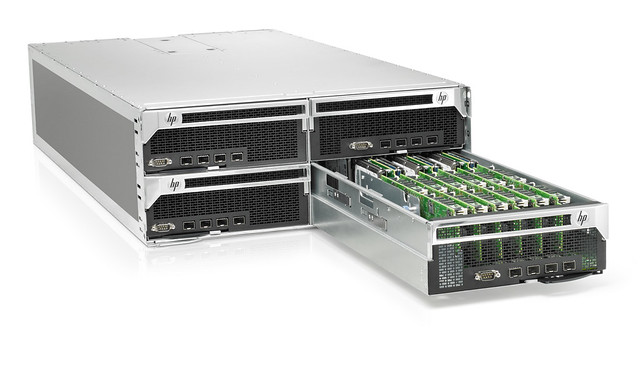Welcome to episode ten of the Technology for Good hangout. In this week’s show we had special guest Bill Higgins, who works on IBM’s Cloud & Smarter Infrastructure. Given the week that was in it with Google’s slashing of cloud computing pricing, and Facebook’s purchase of Oculus Rift, there were plenty of stories about cloud computing and social networks.
Here’s the stories that we discussed in the show:
Climate
- New study shows major increase in West Antarctic glacial loss http://phys.org/news/2014-03-major-west-antarctic-glacial-loss.html
- Understanding the IPCC Reports http://www.wri.org/ipcc-infographics
Renewables
- Wind Farms Flourish Across The U.S. As Interest In Renewable Energy Skyrockets http://www.huffingtonpost.com/2014/03/26/wind-farms-us_n_5037512.html
- Top 10 green-power-hungry US corporations http://www.theguardian.com/sustainable-business/gallery/sap-renewable-clean-energy-goal-intel-microsoft-kohls-walmart#/
Cloud
- Office for iPhone and Android phones is now completely free, Android tablet version coming ‘in the future http://thenextweb.com/microsoft/2014/03/27/office-iphone-android-phones-now-free-home-use-office-365-subscription-longer-required/
- Microsoft Is Selling Office 365 Within iPad Apps, and Apple Is Getting Its 30 Percent Cut http://recode.net/2014/03/27/microsoft-is-selling-office-365-within-ipad-apps-and-apple-is-getting-its-30-percent-cut/
- Google Cloud Platform Live – Blending IaaS and PaaS, Moore’s Law for the cloud http://googlecloudplatform.blogspot.com.es/2014/03/google-cloud-platform-live-blending-iaas-and-paas-moores-law-for-the-cloud.html
- In Response To Google, Amazon Announces Massive Price Cuts For S3, EC2, ElastiCache, Elastic MapReduce And RDS http://techcrunch.com/2014/03/26/in-response-to-google-amazon-announces-massive-price-cuts-for-s3-ec2-and-rds/
- SAP to power its cloud computing infrastructure from 100% renewable energy http://greenmonk.net/2014/03/26/sap-power-cloud-computing-infrastructure-100-renewable-energy/
Social
- Facebook to Acquire Oculus http://newsroom.fb.com/news/2014/03/facebook-to-acquire-oculus/
- The Oculus Rift fairytale (counterpoint citing ppl’s dislike of FB) http://www.newyorker.com/online/blogs/elements/2014/03/the-oculus-fairy-tale.html
- Facebook confirms plans to bring the world online with fleet of solar-powered drones http://www.theverge.com/2014/3/27/5555060/facebook-plans-to-bring-world-online-with-fleet-of-solar-powered-drones
- The Other Facebook News: One Billion Mobile Users http://recode.net/2014/03/26/the-other-facebook-news-one-billion-mobile-users/
Open
- Facebook, Google, LinkedIn, and Twitter launch WebScaleSQL, a custom version of MySQL for massive databases http://thenextweb.com/dd/2014/03/27/facebook-google-linkedin-twitter-launch-webscalesql-custom-version-mysql-massive-databases/
- Sustainability and Business Innovation https://open.sap.com/course/sbi1
- Making Sense of Data https://datasense.withgoogle.com/course
- Statistics and Climate Science: Roger Pielke Missed the Mark http://www.huffingtonpost.com/john-p-abraham-phd/roger-pielke-climate-science_b_5038272.html
Internet of Things
- LG Smart Lamp takes on Hue with Bluetooth bulb http://www.slashgear.com/lg-smart-lamp-takes-on-hue-with-bluetooth-bulb-23321727/
- New Order in Babel: Industrial Internet Consortium Will Make Machines and People Talk to Each Other http://www.gereports.com/post/80810419171/new-order-in-babel-industrial-internet-consortium-will
- The Connected Cars War: Apple, Google Duke it Out http://www.huffingtonpost.com/esmeralda-swartz/the-connected-cars-war-ap_b_4965563.html
Misc
- How can Mozilla turn a blind eye to its CEO’s support of Prop 8 ? http://www.theguardian.com/technology/2014/mar/27/how-can-mozilla-turn-a-blind-eye-to-ceo-support-prop-8-gay-marriage
- The Everyday Sexism project http://everydaysexism.com/
- Nakamoto’s Neighbor: My Hunt For Bitcoin’s Creator Led To A Paralyzed Crypto Genius http://www.forbes.com/sites/andygreenberg/2014/03/25/satoshi-nakamotos-neighbor-the-bitcoin-ghostwriter-who-wasnt/










